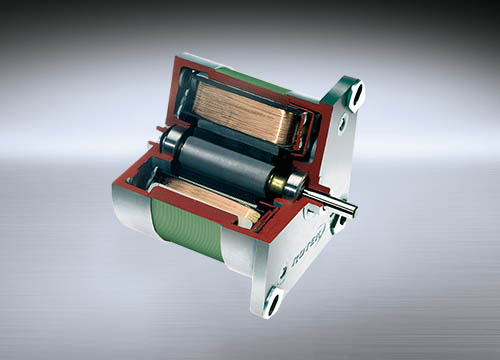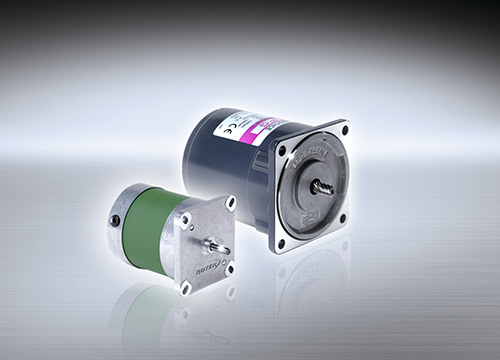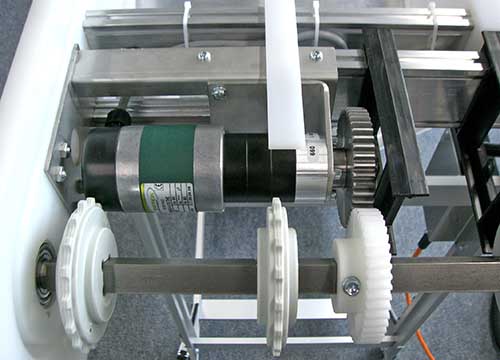Rosync with novel stator design boasts efficiency over 90%
The more expensive energy becomes, the more attention is paid to saving energy. In Germany alone over 8 TWh power per year could be saved by using more efficient drive solutions (on the basis of assumed 100 mill. household appliances with small motors). Most of the drives used in industrial applications are small motors so there is huge potential for savings here.

Synchronous motors are already more efficient than asynchronous motors due to their operating principle, because by using permanent magnets no energy is needed to create the magnetic field in the rotor system. But that is not the special thing about ROSYNC. The developers achieved outstanding efficiency through new materials and a special stator construction. In favor of the high smoothness the self-holding torque was highly reduced in currentless state during development. Further advantages are constant speed (independent of load and voltage), short starting and stopping times, running with low vibrations and a compact design when space is at a premium. Because the better the efficiency the smaller you can build.
Assuming an electricity tariff of 0,23€ as a basis*, following results can be found:
| Rosync | Asynchronous motor | Comment | |
| Power output in W | 50 | 50 | |
| Efficiency | 90% | 55% | |
| Power input in W | 55 | 90 | |
| Running periods p. a. | 8000 hrs. | 8000 hrs. | three-shift operation |
| Power consumption p. a. in kWh | 440 | 720 | Power input x hours / 1000 |
| Energy saving p. a. in kWh | 280 | ||
| Power cost p. a. in kWh | 101 € | 165 € | Power price 0,23 € |
| Cost saving in 12 years | 750 € |
The power output of the ROSYNC lies between +40 to +200 percent in comparison to conventional synchronous motors at the same size. Its behavior at frequency converters is also outstanding by the use of practically resonance-free operation from 1 to 70 Hz. Due to its compact design it not only saves energy but also material. In addition it is maintenance free and has a high life-span. That immediately solves several customer requirements. They save space and energy, they transmit a high torque and they maintain safety.
Due to their consistent material efficiency focused design, the procurement costs are in line with conventional costs of quality motors in the European market. However, assuming a 12-year service life, the lifecycle cost would be at least one-third less than that of an asynchronous motor with the same rating.

Rosync motors proved their mettle especially in applications with longer running periods such as the above conveyors, with pellet heater screw conveyors or as drives in rotary heat exchangers. Depending on the cost of electricity energy, costs may be reduced by approx. 6000€ per annum simply by replacing just 100 of the small motors with Rosync series motors.

Exemplary and worthy of imitation the Rosync also shows how climate-damaging carbon dioxide emissions are reduced by consequent product design. By deploying a single 50 W AC motor, a max. of 150 kg less CO2 is produced p.a. than with the conventional motor of the same rating. This equates to 200 times its own weight.
This is an important argument when taking a holistic view of the carbon footprint of a company and its plants.
